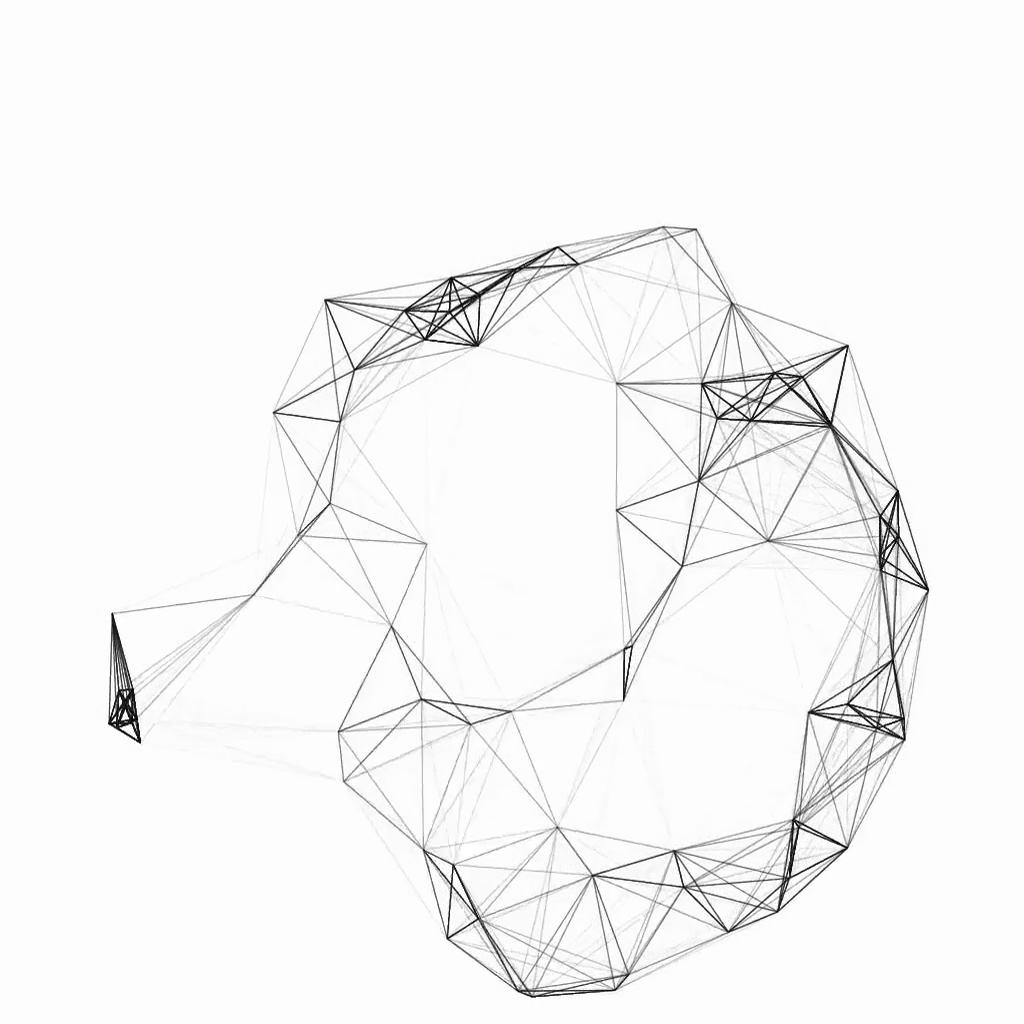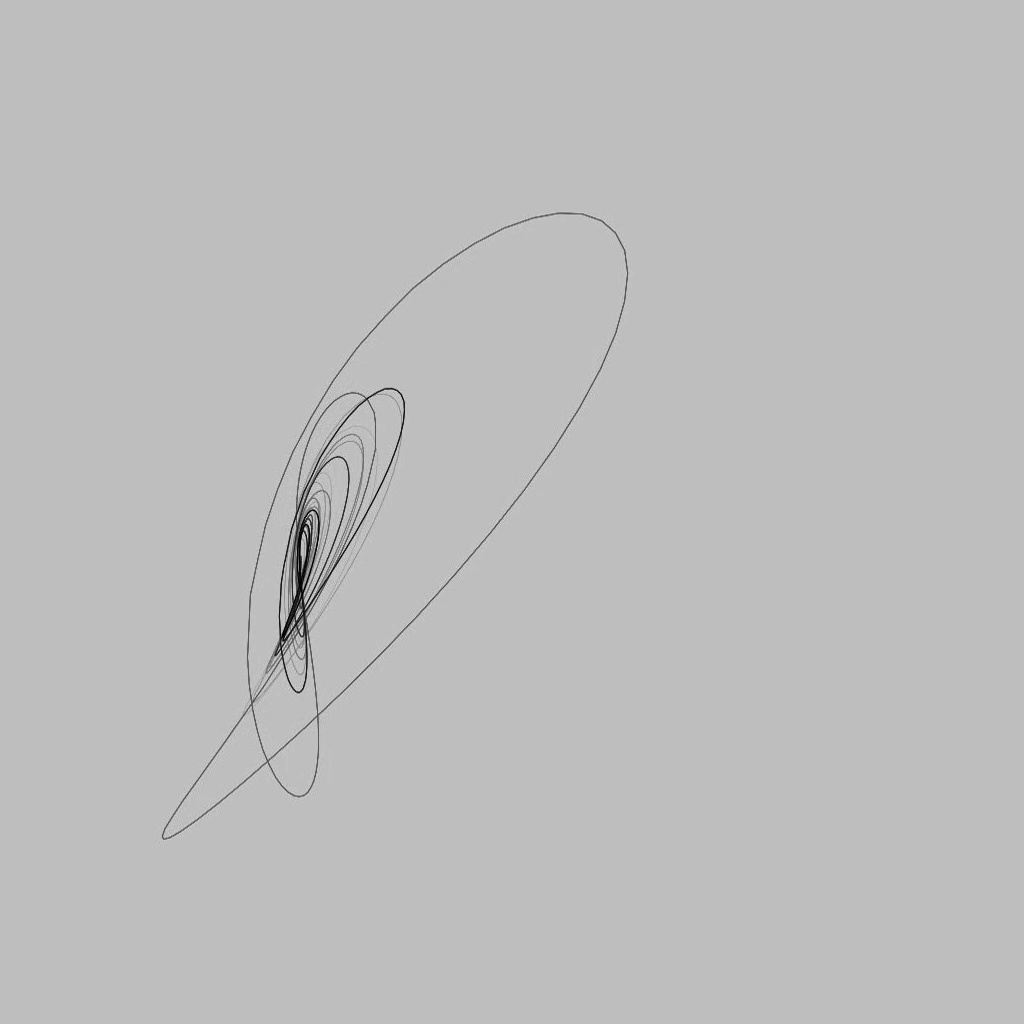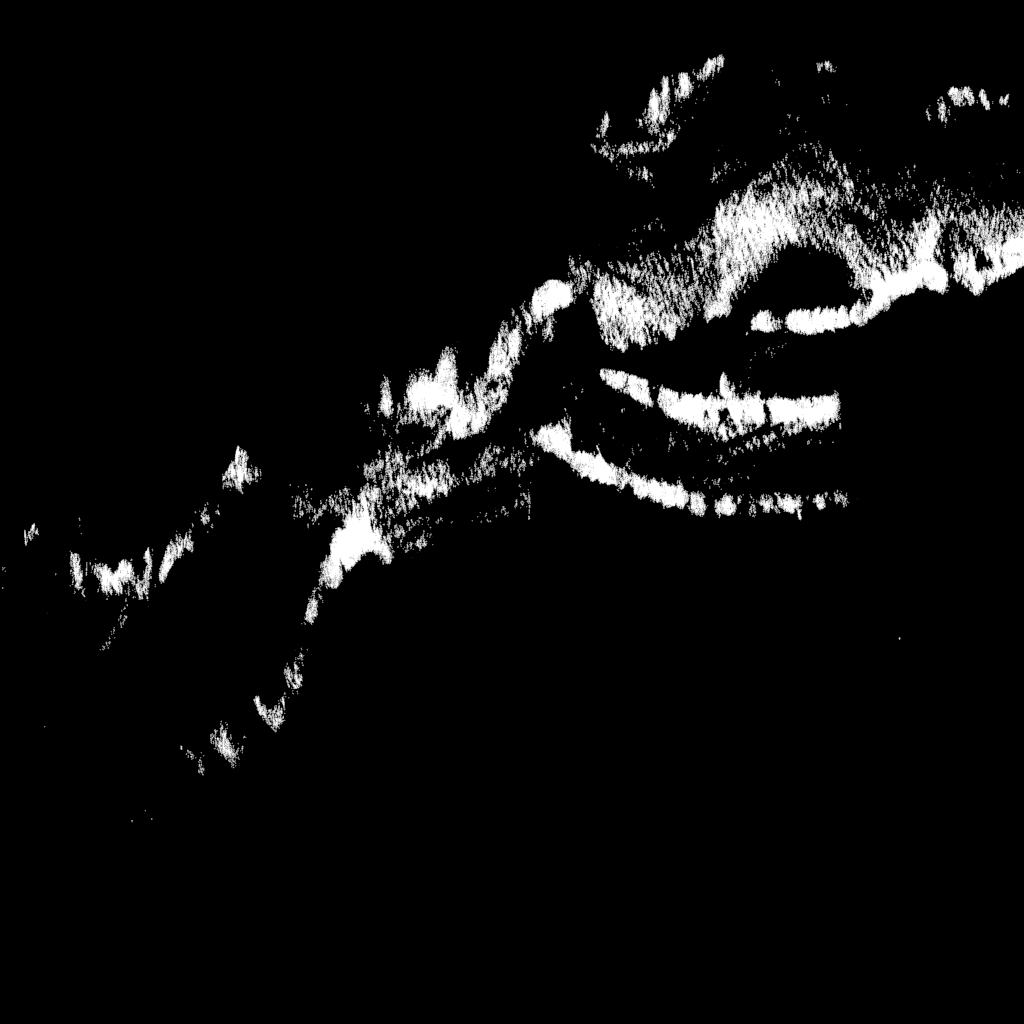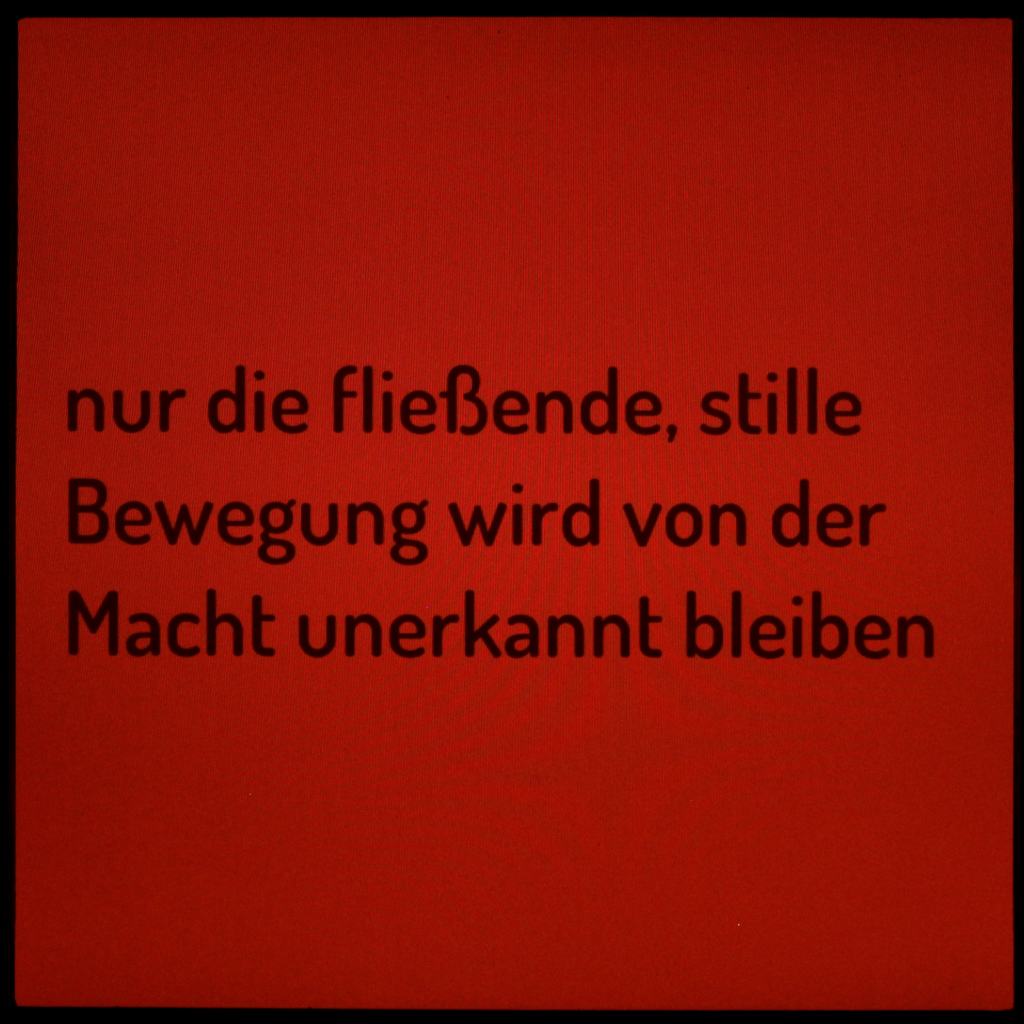Inner Space (2017)
A miniature format multi-channel video installation, probing the periphery and materiality of the algorithmic.
Inner Space emerged as part of the umbrella project Imperfect Reconstruction. The image of encoding/decoding is often associated with the ideal of perfect reconstruction. Rather than understanding it as a failure to complete and understand, the distances and gaps that produce imperfection interested us, the resistance of thoughts and movements to become determinate. Inner Space is conceived as a multi-channel video installation for small format monitors. A complementary set of quasi-fixed video miniatures are recalled by a slightly indeterminate algorithm. As the name suggests, it was first situated in an intimate, half-closed space, but it also refers to the fact that each piece is, in one way or another, connected to our noö-topology, the spatial particularity of our mind, the way we internalise the algorithmic.
The series was originally shown on eight full-size TFT monitors with custom black frames that yield a square image format. I was interested in the material quality of the LCD screens, and how it could be brought out by the arrangement (horizontal installation combined with vertical hanging, using eight different spatial orientations, different hanging heights and relative angles). The space was intimate with faint light reflecting from a red surface. The videos themselves fade to and from red.
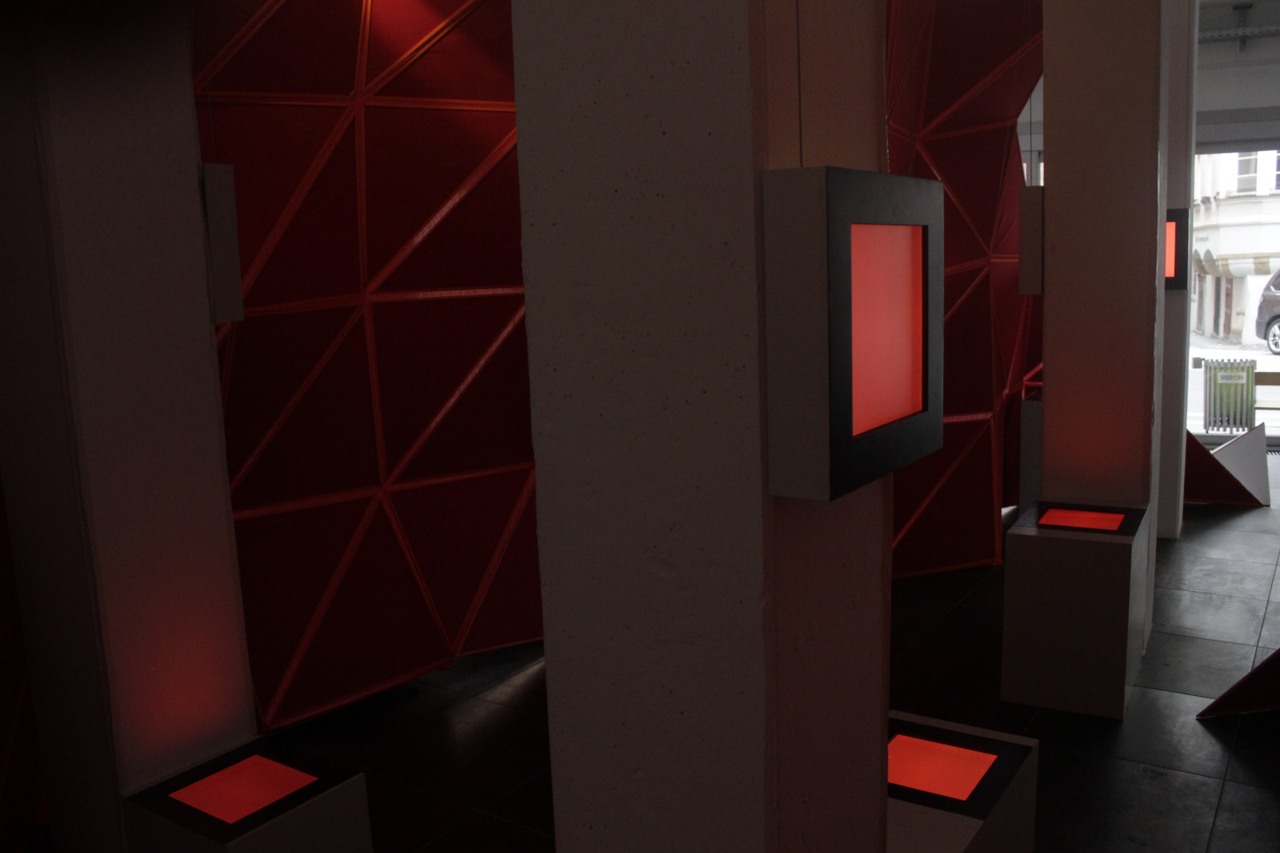
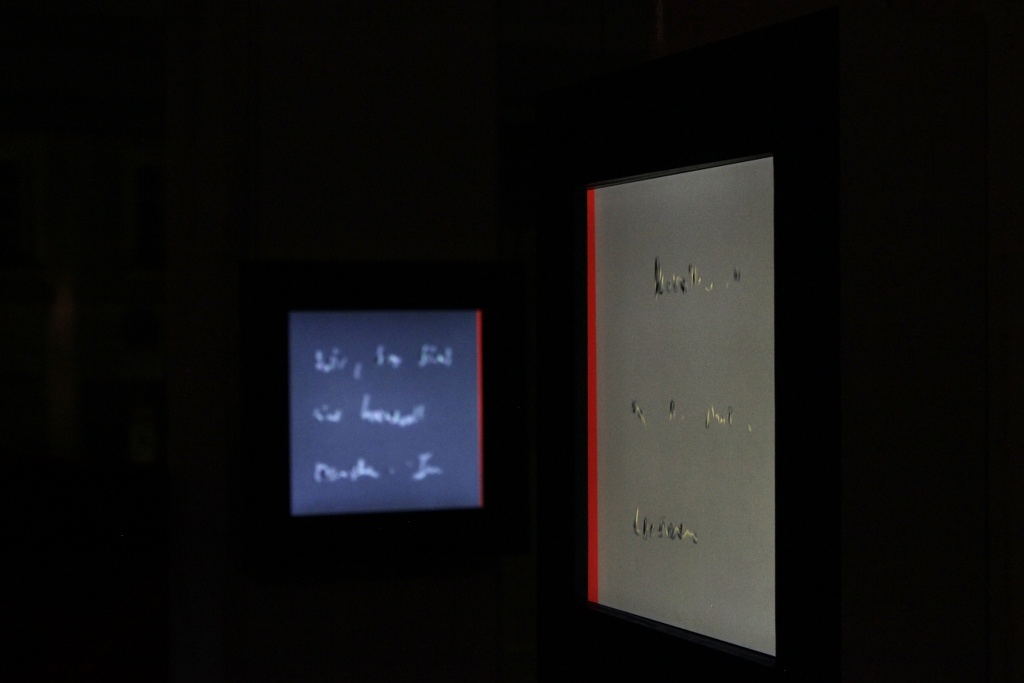
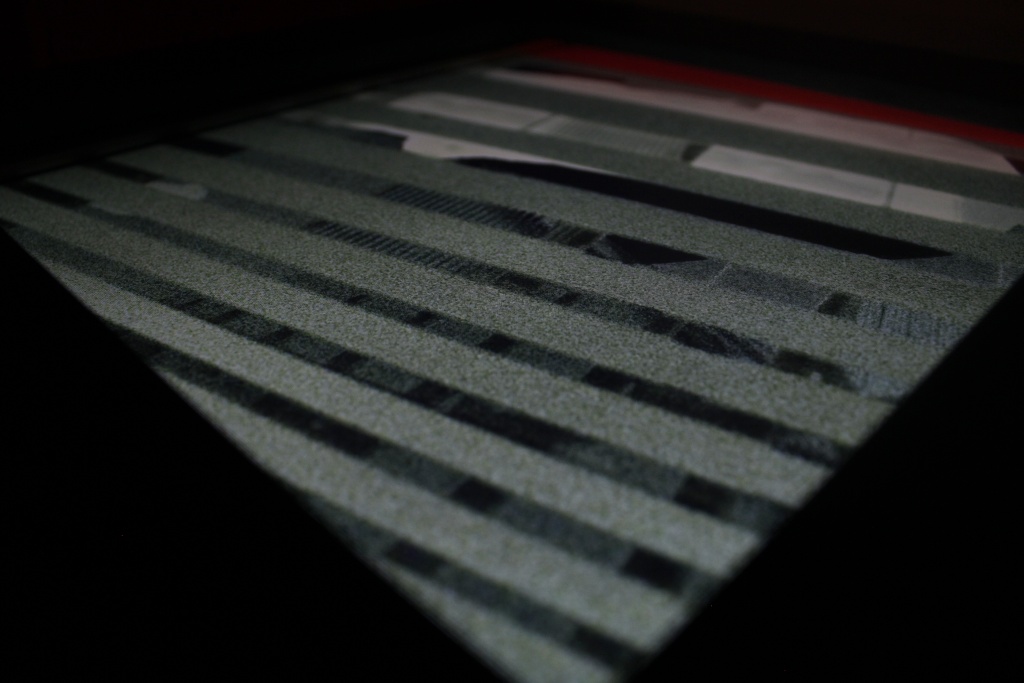
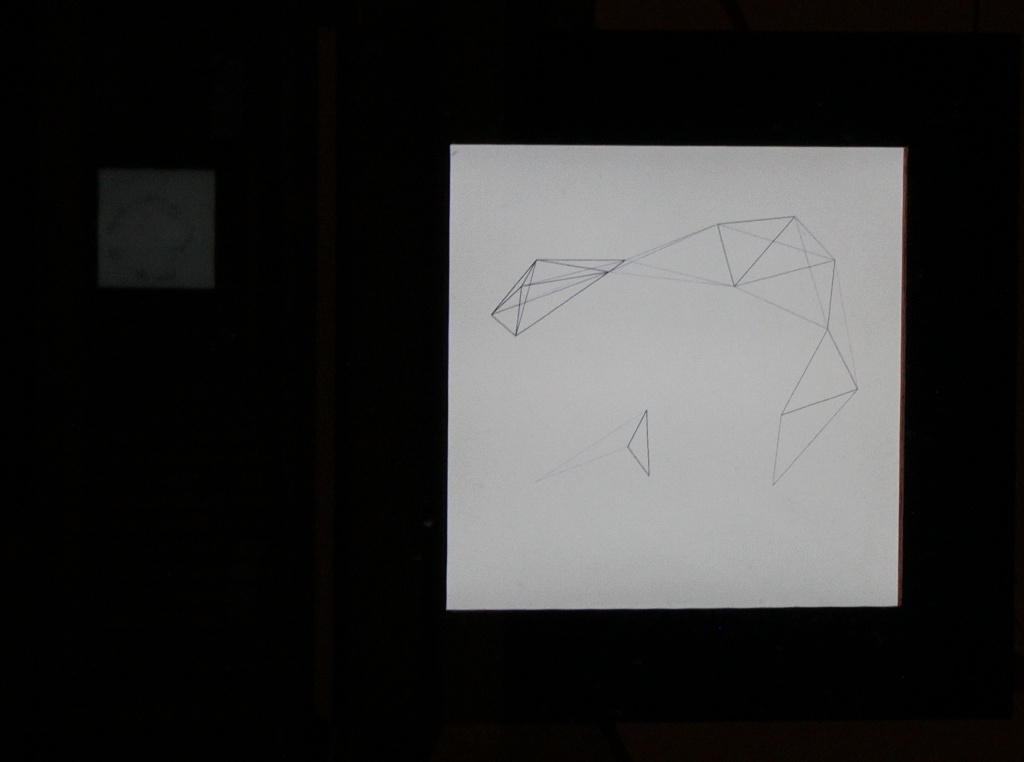
In 2017, the piece transformed into a “portable” installation for five miniature screens, exchanging the tactile matte pixels for a high density glassy texture, and moving the arrangement to a line that could be shown on a stretch of wall. The element of incompletion is emphasised by selecting five out of eight individuals of a series for each iteration of the algorithm. The piece was shown at xCoAx Lisbon and Transpositions Stockholm (KHM).
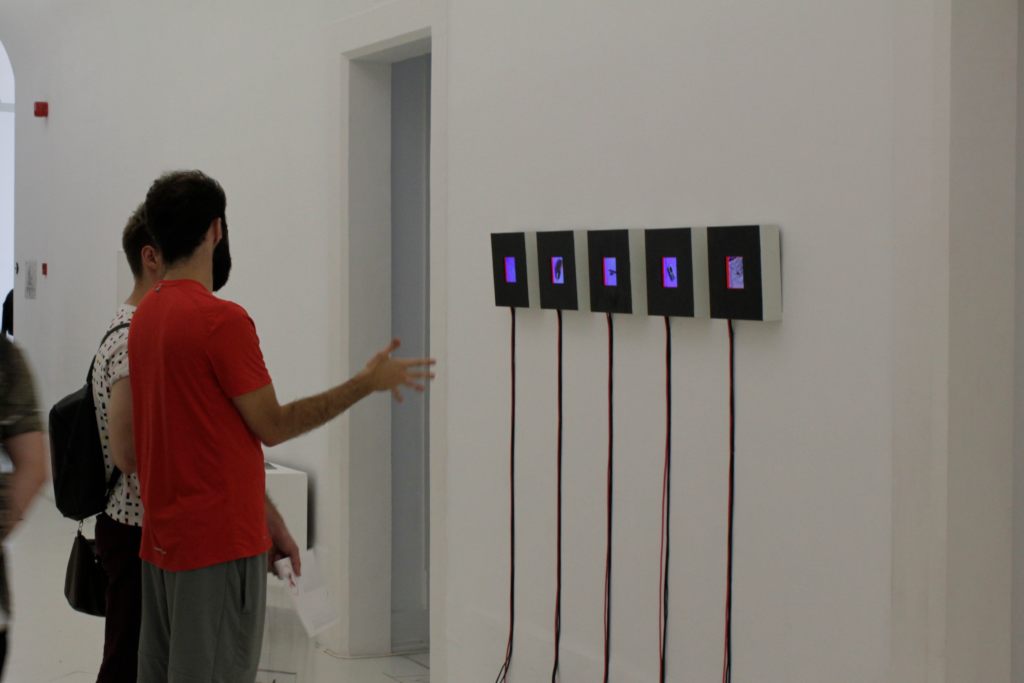
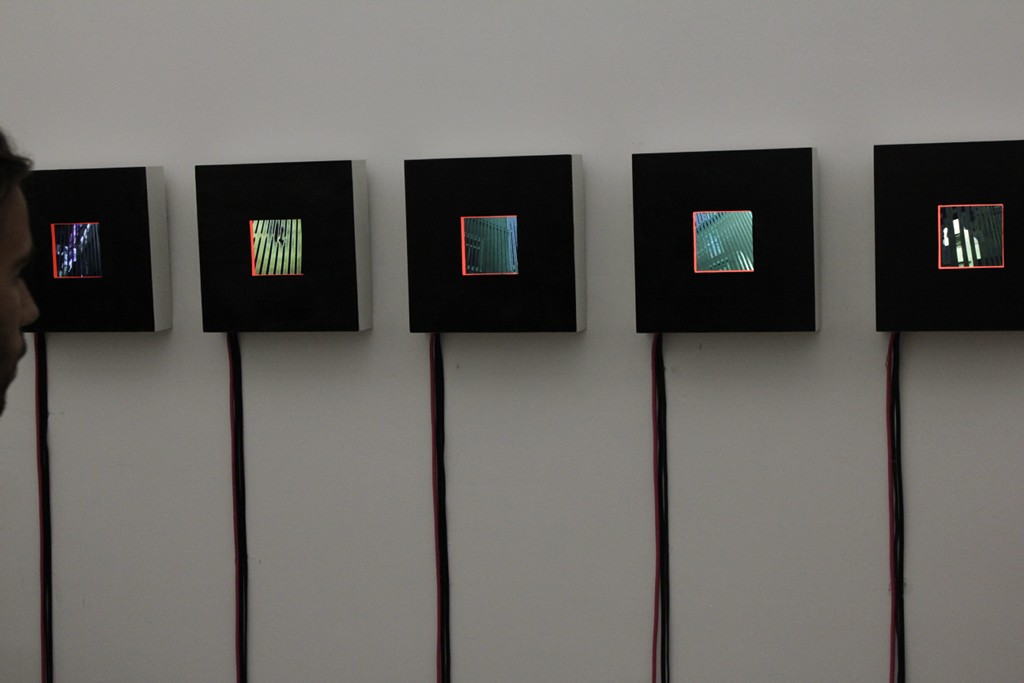
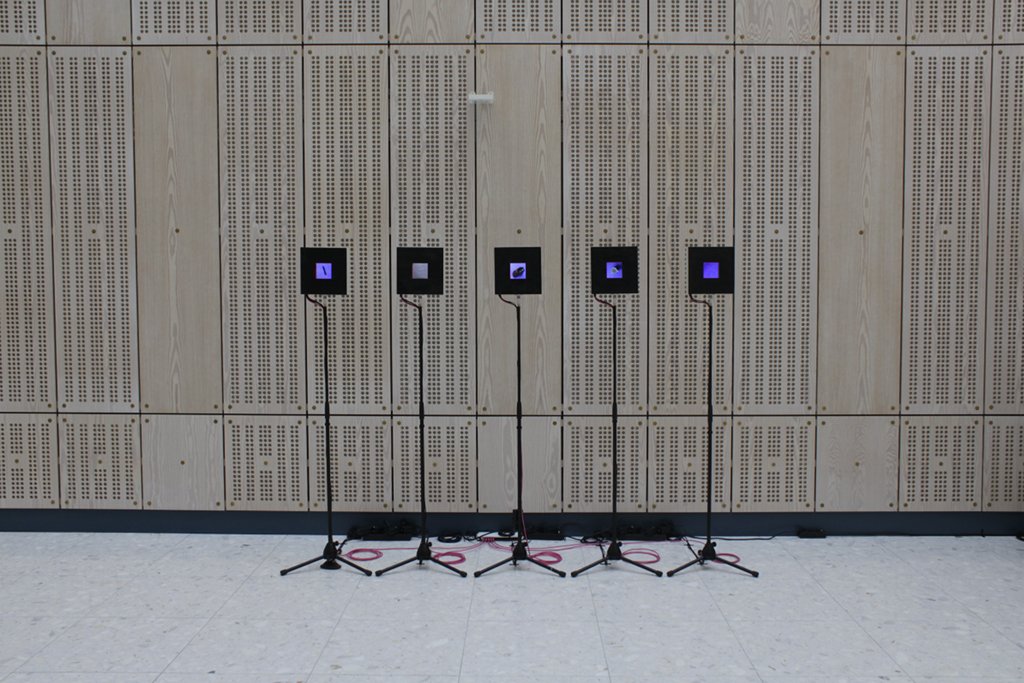
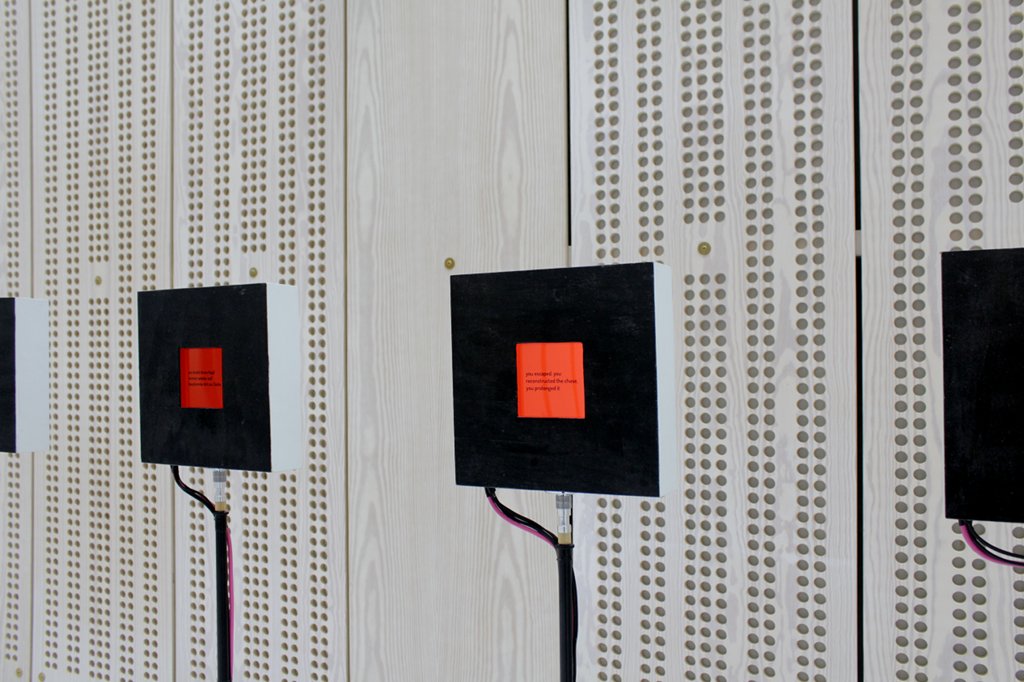
Miniatures of the Series
The series consists of eight miniatures: Moor, Notebook, Site, Precious Objects, Fragments, Trunks by Hanns Holger Rutz; Nets, Phase by David Pirrò.
In Moor, a spatially suspended blueish moorland landscape, the choreography of the filming hand is reconstructed through a “stabilising” algorithm, as a moving black boundary that now frames the video. Some channels have undergone a Gram-Schmidt orthogonalisation, its texture is very special in its chromaticity, articulating very well the materiality of the display, almost as if two layers are superimposed.
In Notebook, multiple things collide: The strange and archaic quality of handwriting; a notation from a dream diary; a process of exploring the structure of lightness of scientific microscopy, where articulations exceed from a neutral grey fond towards black and white; an exploration of the transition away from semantic deciphering to a purely graphical quality, giving particular quality to the interaction and rhythm of the text with itself.
In Site, a long term exposure in greenish and yellowish colours, the space outside a gallery is observed through a differentially accumulating procedure. Sanded stripes attached to a window, people passing by, producing strangely oscillating appearances and disappearances. A constant change of light conditions. A time-lapse, slowed down, until it reached a point of calmness.
Precious Objects is a playful piece on the particular close relationship we build with seemingly multiplied industrial objects, such as a pen and a pair of shoes that have decades with me, a now antique mobile phone, as well as with weird “objects”, such as a peculiar reflection of light, a contour seen in a floor tile.
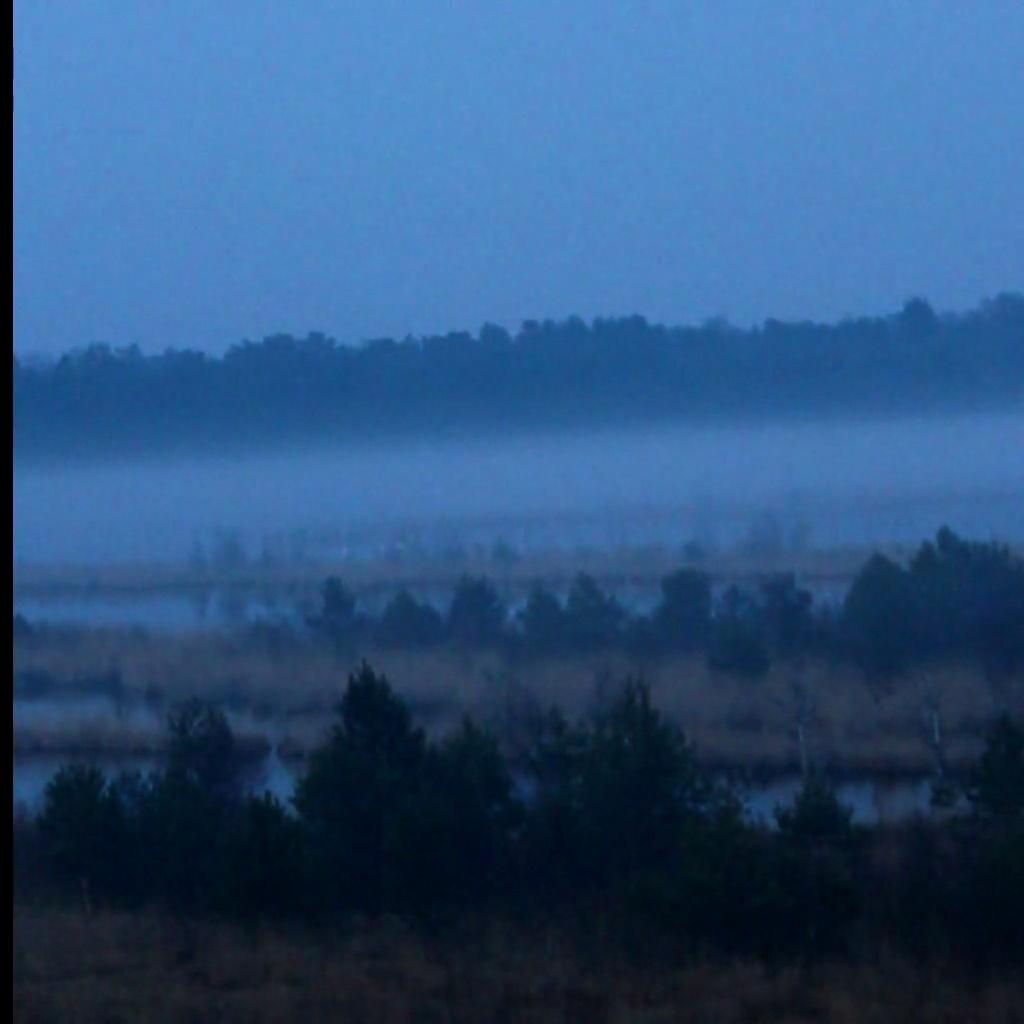
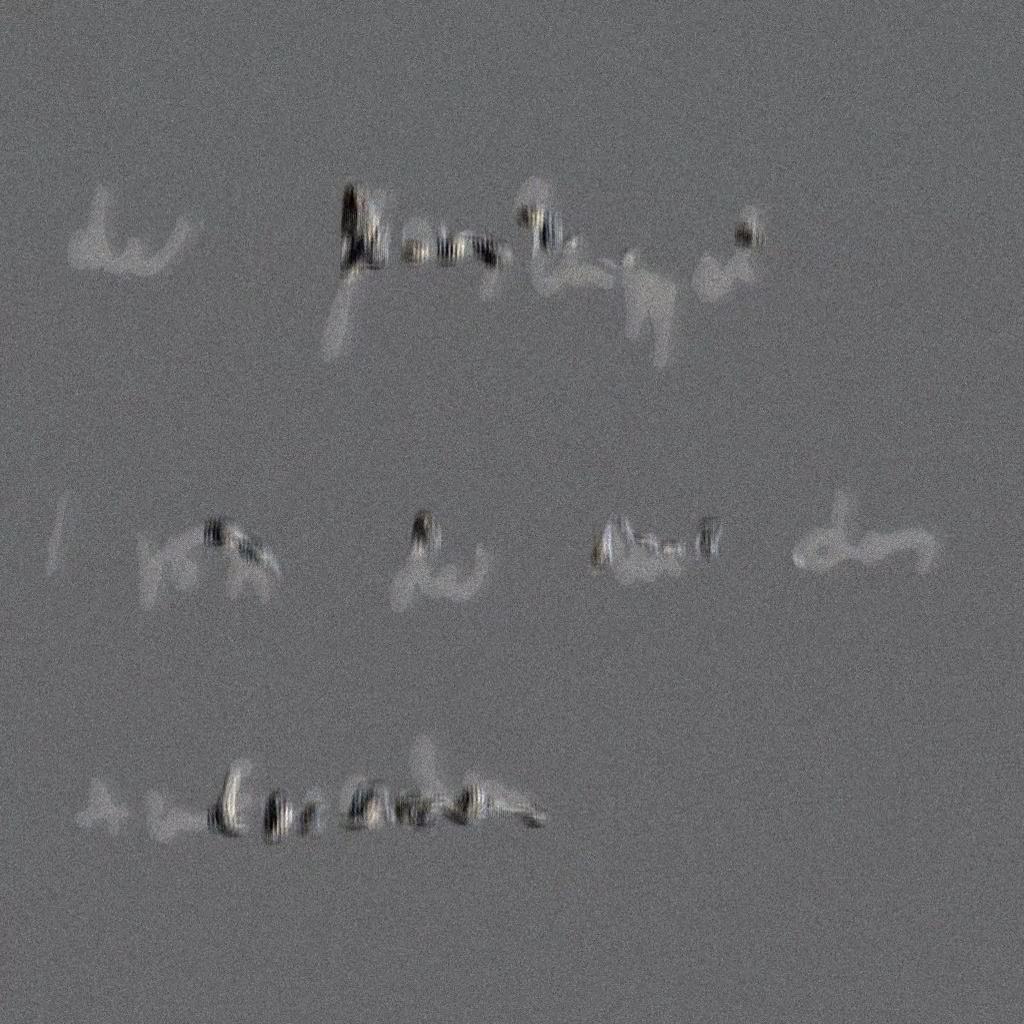
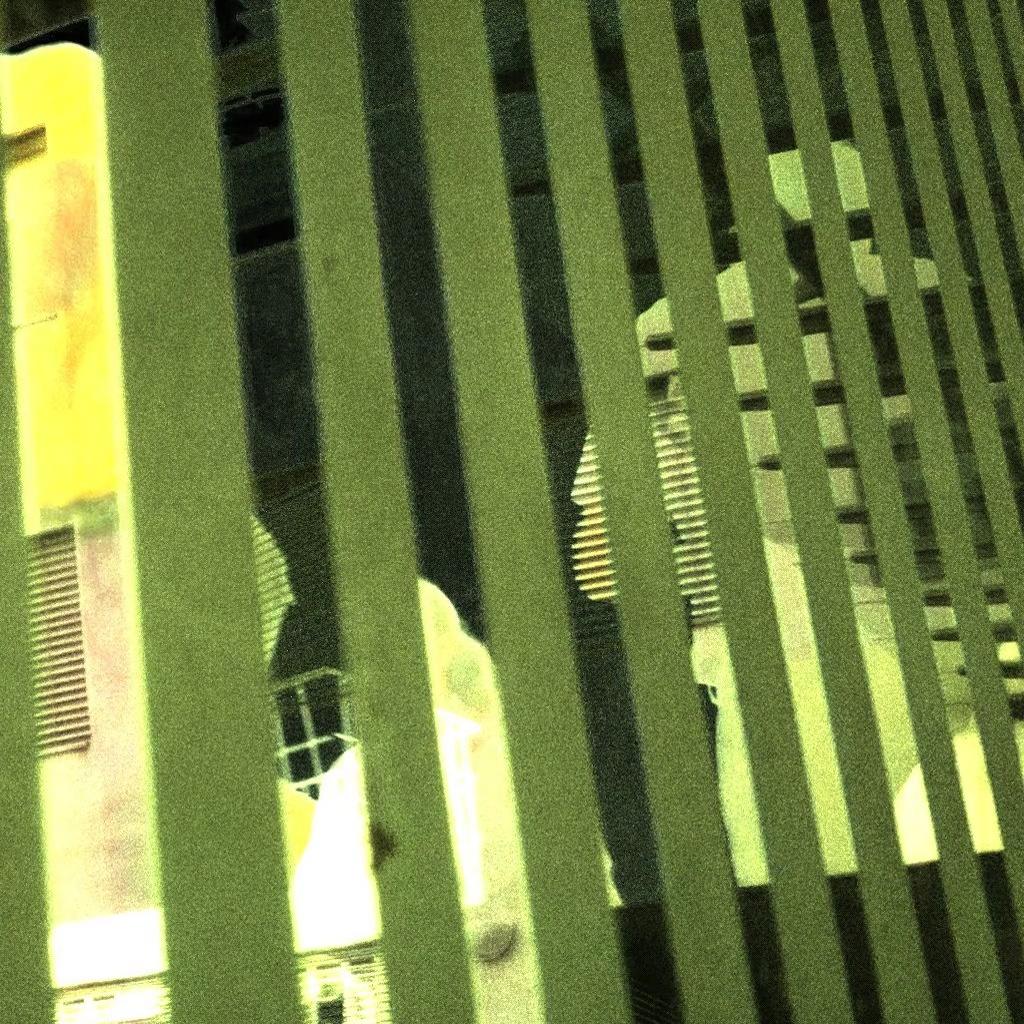
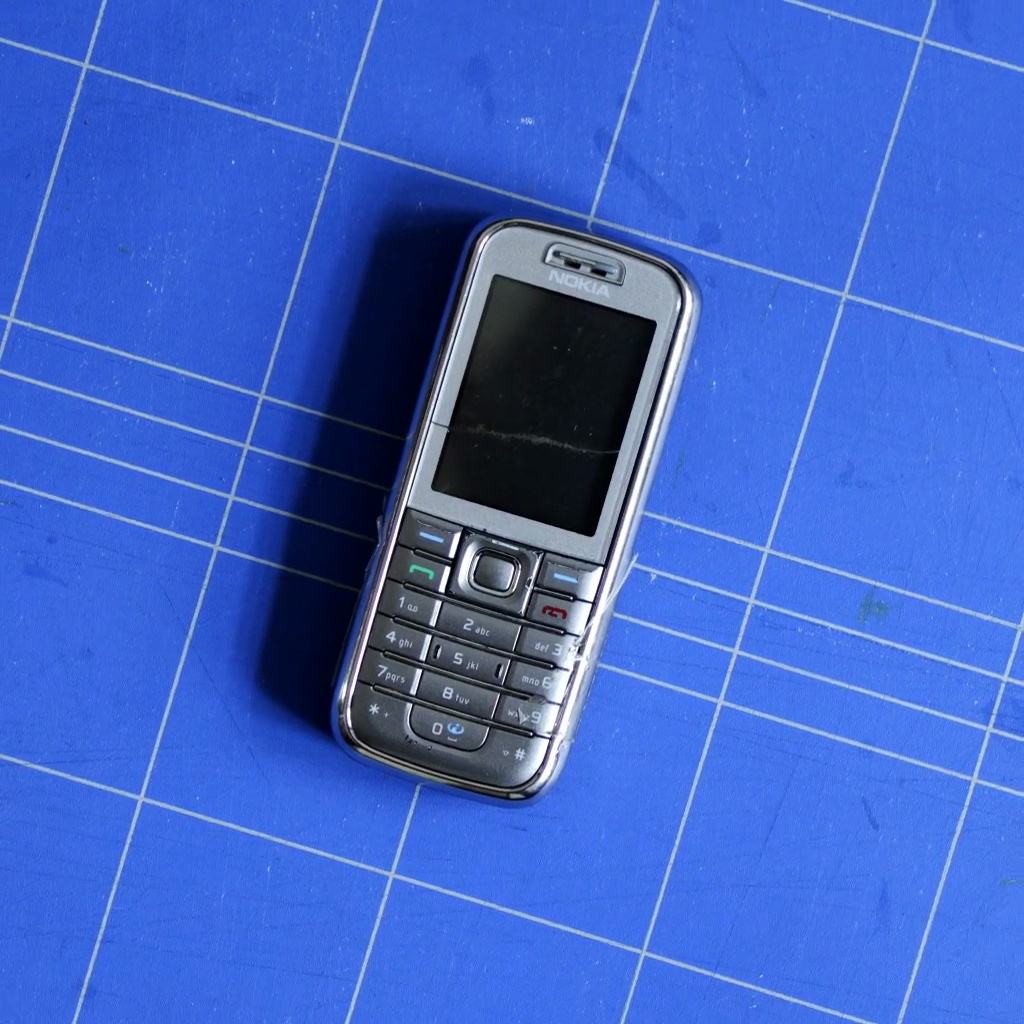
Nets reworks two hundred seconds of the activity of a simulated neural network. The network undergoes memory recall processes, which thus form the basis of this work. A dynamical system defined by 81 mutually interacting masses reconstructs this structure as a folding and unfolding two dimensional figure.
In Phase, the same data used for Nets re-generates the structure as a phase space. A series of long term exposures of the synchronous network’s state evolution path is projected onto different two dimensional perspectives of this space, graphically exposing the different forms of recurrence and oscillation the neural system goes through.
Trunks are formed from series of wax paper frottages of cut branches, the circularity transformed into a continuous horizontal movement, animating the stills through the slowly adapting perspective distortion, and yielding the white-on-black texture of ultrasound imaging. We drift submersed in this current, detecting familiar objects such as the head of a horse and new types of plants.
Fragments assembles text fragments from the note books and dream diaries. The fragments are special in that they are always interleaved with the other miniatures, creating moments of synchronous red. Instead of eight channels, there is a pool of 64 fragments from which random elements are chosen. The texts are in English and German, as I use both languages when noting down dreams.
